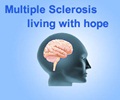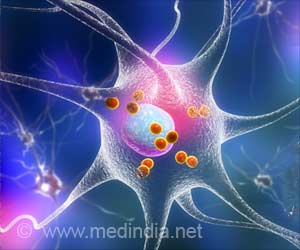Embed Multiple Sclerosis - Infographic on your site
Multiple Sclerosis (MS) is an autoimmune disease that affects the central nervous system (CNS). Multiple sclerosis is a neurological condition in which the protecting cover (myelin sheath) of the nerve cell in the brain and spinal cord is damaged. Myelin is an insulating cover that surrounds each nerve fiber in the brain and spinal cord. Damage in the nerve cell results in slowing down or blocking the communication between the brain and the body.
Symptoms of Multiple Sclerosis may vary from person to person depending on the severity of the nerve damage and which nerves are affected. Symptoms usually begin between the ages of 20 and 40. It includes blurred vision, slurred speech, mental health, problems with bowel and bladder function, fatigue, tingling or numbness in legs. Genetic factor doesn't play a major role in developing multiple sclerosis.
There are four types of Multiple Sclerosis. Clinically isolated syndrome, relapse-remitting MS, primary Progressive MS and secondary Progressive MS. Clinical isolated syndrome is caused by inflammation and demyelination in the CNS. Relapse defined as attacks of new or worsening symptoms. About 85% of people are initially diagnosed with Relapse-Remitting Multiple Sclerosis. Nearly, 15% of individuals are diagnosed with primary progressive multiple sclerosis. Primary progressive MS is a worsening neurologic function that results in the accumulation of disability. People who are diagnosed with relapse-emitting MS will eventually undergo a transition to a secondary progressive MS.
People with type 1 diabetes, thyroid disorder, and inflammatory bowel disease are at increased risk of developing multiple sclerosis. Brain MRI is often used to diagnose multiple sclerosis.
Low levels of vitamin D are linked to developing the risk of multiple sclerosis. There is no cure for MS, but the treatment can help to slow down the condition and control the symptoms. Physical therapy and occupational therapy can help ease multiple sclerosis. Exercise should be carefully timed to prevent excess fatigue. Swimming and water aerobics keep you cool while exercising.









